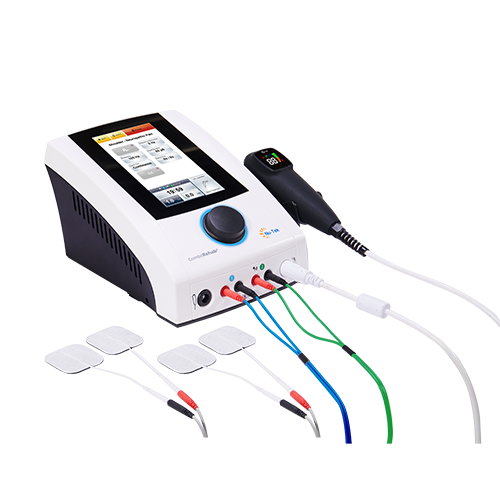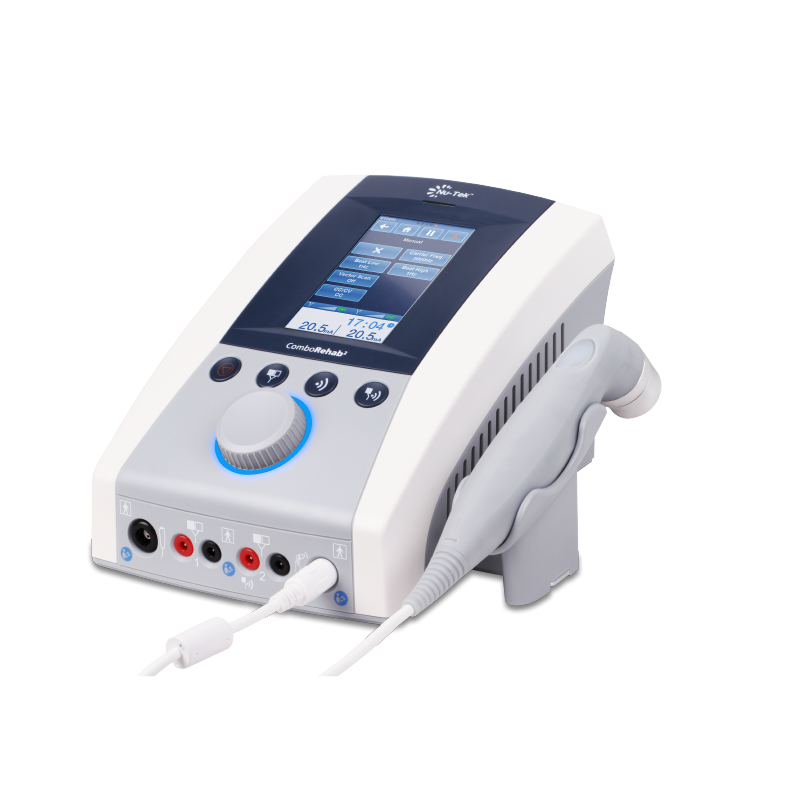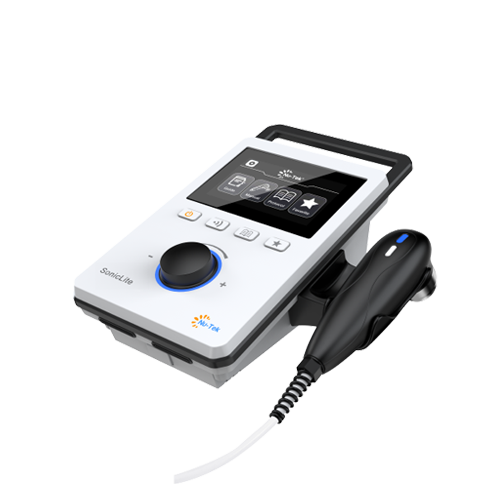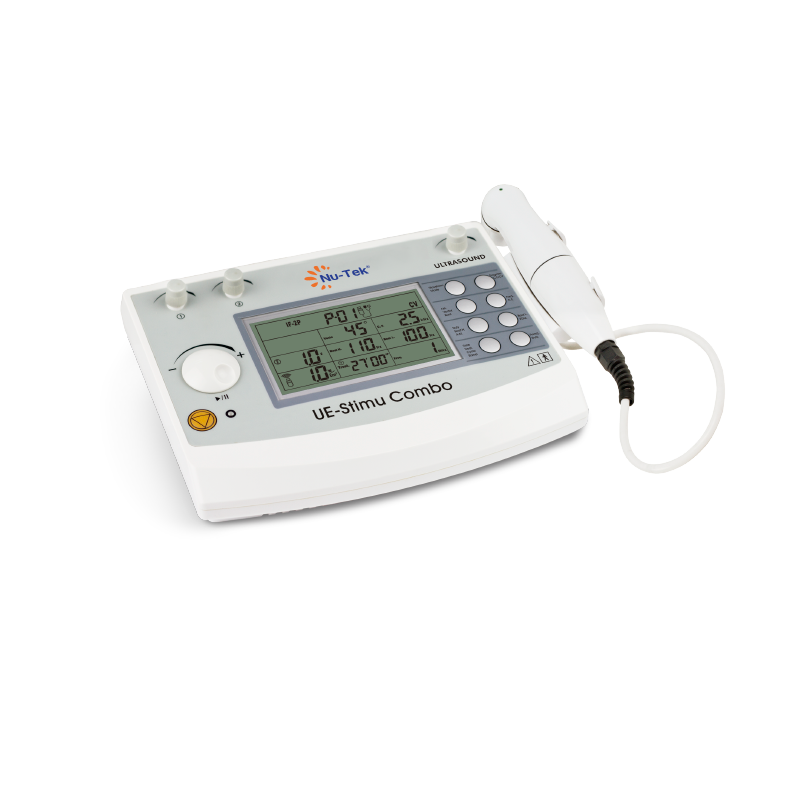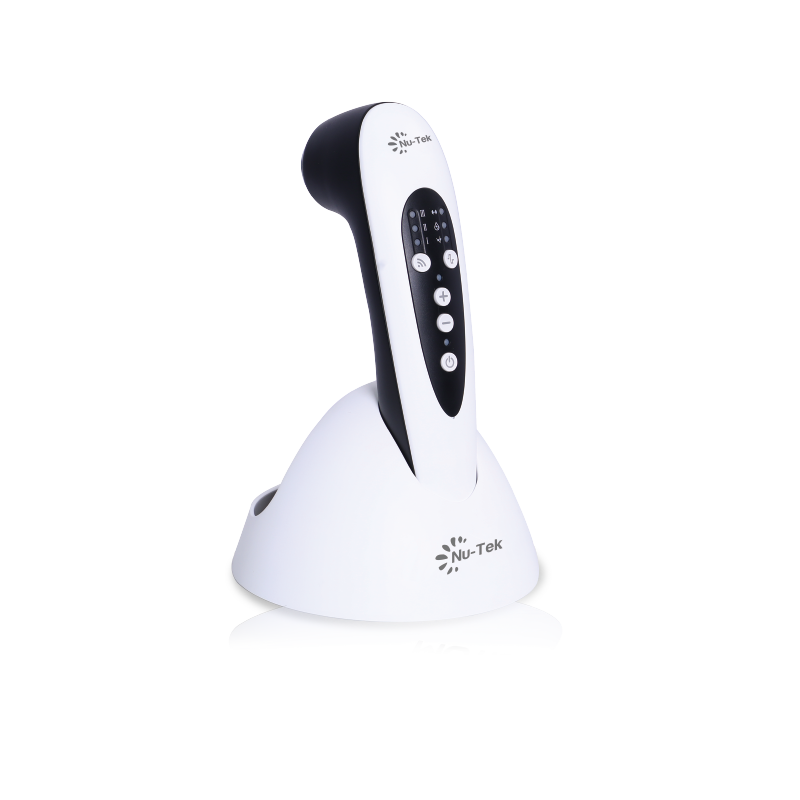Physiotherapy
Physiotherapy, as a branch of medicine, is a healthcare profession dedicated to improving and restoring functional movement and physical health. Unlike fields such as sports medicine, orthopedics, or neurology, which are specialized domains of medicine, physiotherapy encompasses the entire human body across various systems and is integral to rehabilitation and prevention in a broad medical context.
Here’s an in-depth explanation of physiotherapy as a distinct branch of medicine:
1. Definition and Core Purpose
Physiotherapy is a primary healthcare discipline that assesses, diagnoses, treats, and works to prevent physical impairments, disabilities, and pain through non-invasive therapeutic methods. The focus of physiotherapy is to:
• Restore physical function: This includes regaining mobility, strength, and coordination.
• Promote overall well-being: Through holistic approaches to the body and movement, physiotherapy enhances physical health and prevents future problems.
• Prevent disability: By intervening early in cases of injury or illness, physiotherapists prevent the worsening of conditions that could lead to long-term disability.
While it involves multiple bodily systems (musculoskeletal, neurological, cardiovascular, etc.), physiotherapy is not restricted to specific diseases or conditions but rather focuses on how diseases affect movement and functional capacity.
2. Physiotherapy vs. Other Medical Specialties
Differences from Sports Medicine, Orthopedics, and Neurology:
• Sports Medicine focuses on athlete-specific injuries and performance enhancement.
• Orthopedics deals with the surgical and medical treatment of bones, joints, and muscles.
• Neurology focuses on the nervous system, diagnosing and treating brain, spinal cord, and nerve conditions.
In contrast, physiotherapy addresses how all of these conditions affect mobility, function, and physical well-being, providing a holistic therapeutic intervention that complements these specialties.
Collaboration with Other Specialties:
Physiotherapy integrates with sports medicine, orthopedics, neurology, cardiology, geriatrics, and many other medical fields, but its goal remains on the rehabilitative and preventative side, rather than surgical or purely diagnostic.
3. Pillars of Physiotherapy as a Branch of Medicine
A. Rehabilitation
Physiotherapy is most widely recognized for its role in rehabilitation. This encompasses:
• Post-surgical rehabilitation: Helping patients recover function after surgeries such as joint replacements, spinal surgery, or heart surgery.
• Injury recovery: Whether from trauma, stroke, or chronic conditions like arthritis, physiotherapists create personalized recovery programs.
• Restoring movement: Rehabilitation aims to restore normal movement patterns and independence in daily activities.
B. Pain Management
Physiotherapy plays a major role in non-pharmacological pain management. Conditions such as chronic back pain, neck pain, or joint pain are often managed without surgery, through therapeutic exercises, manual therapy, and physical modalities.
• Techniques: Manual therapy, joint mobilization, soft tissue techniques, electrotherapy, and dry needling are common.
• Chronic pain conditions: Conditions like fibromyalgia or rheumatoid arthritis benefit from physiotherapy's role in improving pain tolerance and function.
C. Prevention
One of the cornerstones of physiotherapy is preventing the onset or worsening of diseases, disabilities, or injuries through proactive treatment:
• Preventing falls in the elderly through balance training and strength exercises.
• Avoiding surgery for certain conditions (e.g., some musculoskeletal issues) by using conservative management techniques.
• Educating patients on proper posture, movement techniques, and exercises to prevent future issues.
D. Holistic Approach
Physiotherapy takes a holistic approach to patient care, considering:
• Physical, mental, and social factors: By looking at how the body moves as a whole, physiotherapists address factors that affect a patient’s overall health, including psychological stress and lifestyle habits.
• Patient education: A vital aspect is empowering patients to take control of their own health through home exercises, ergonomic advice, and lifestyle adjustments.
4. Techniques and Modalities Used in Physiotherapy
Physiotherapists use a range of treatment methods, including:
A. Manual Therapy
• Joint mobilizations and manipulations: To restore joint movement and alignment.
• Soft tissue techniques: Massage and other methods to release muscle tension, reduce scar tissue, and improve circulation.
B. Therapeutic Exercise
• Strengthening: Exercises to build muscle strength, endurance, and stability.
• Stretching: To improve flexibility, range of motion, and reduce stiffness.
• Balance and coordination: For patients recovering from neurological issues or injuries to improve stability and function.
C. Electrotherapy
• Ultrasound therapy: Using sound waves to promote tissue healing.
• TENS (Transcutaneous Electrical Nerve Stimulation): Electrical stimulation to reduce pain.
• Laser and shockwave therapy: For pain relief and tissue healing.
D. Hydrotherapy
• Using water-based exercises, particularly effective for patients with joint pain or restricted mobility, since water reduces joint stress.
E. Respiratory Therapy
• Breathing exercises and chest physiotherapy are used for conditions affecting the lungs and respiratory system (e.g., COPD, cystic fibrosis).
5. Areas of Specialization within Physiotherapy
While physiotherapy is broad, there are several sub-specialties where therapists gain expertise in specific areas of patient care:
A. Musculoskeletal Physiotherapy
• Focus on muscles, joints, and skeletal issues, managing problems like back pain, fractures, arthritis, and post-surgical recovery.
B. Neurological Physiotherapy
• Specializes in treating movement and functional disorders caused by neurological conditions such as stroke, spinal cord injuries, multiple sclerosis, or Parkinson's disease.
C. Cardiopulmonary Physiotherapy
• Addresses respiratory and cardiovascular conditions, focusing on improving lung capacity, heart health, and endurance after events like heart attacks or respiratory illness.
D. Pediatric Physiotherapy
• Specializes in treating children with congenital conditions, developmental delays, or injuries, helping them achieve normal developmental milestones.
E. Geriatric Physiotherapy
• Focuses on older adults, treating conditions related to aging, like osteoporosis, arthritis, balance disorders, and post-surgical rehabilitation.
F. Women's Health Physiotherapy
• Specializes in managing issues such as pregnancy-related musculoskeletal pain, incontinence, and pelvic floor dysfunction.
6. The Role of Physiotherapy in Public Health
As a branch of medicine, physiotherapy has broad applications in public health:
• Health promotion: Physiotherapists actively work to prevent disability and promote healthy aging through community programs.
• Early intervention: They provide early therapeutic interventions for at-risk populations (e.g., those with sedentary lifestyles, high fall risk).
• Ergonomics: Physiotherapists help design safe work environments and educate individuals on preventing injuries in the workplace.
Physiotherapy, as a branch of medicine, is essential in non-surgical management, rehabilitation, and prevention of a wide range of conditions that affect movement and physical health. Unlike other specialties that may focus on specific conditions or parts of the body, physiotherapy addresses the body's ability to move and function holistically, aiming to improve patients' overall quality of life through therapeutic exercises, manual interventions, and patient education.


 中文
中文 Español
Español Français
Français Português
Português